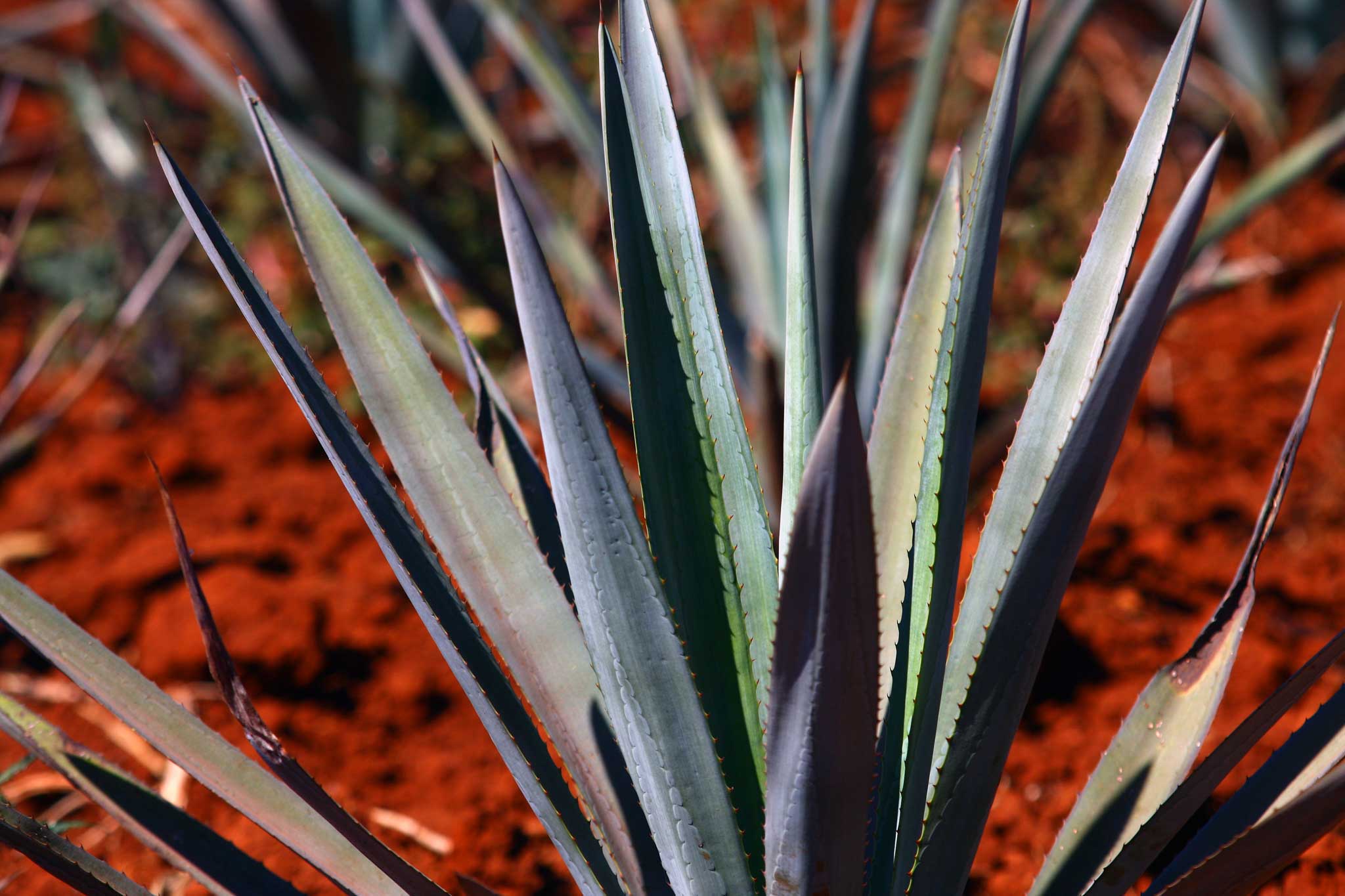Drink it in: Raise a toast to a growing band of home-brewers
When it's too hot to walk as far as the corner shop for a beverage, there's only one thing to do: make it yourself at home.

Your support helps us to tell the story
From reproductive rights to climate change to Big Tech, The Independent is on the ground when the story is developing. Whether it's investigating the financials of Elon Musk's pro-Trump PAC or producing our latest documentary, 'The A Word', which shines a light on the American women fighting for reproductive rights, we know how important it is to parse out the facts from the messaging.
At such a critical moment in US history, we need reporters on the ground. Your donation allows us to keep sending journalists to speak to both sides of the story.
The Independent is trusted by Americans across the entire political spectrum. And unlike many other quality news outlets, we choose not to lock Americans out of our reporting and analysis with paywalls. We believe quality journalism should be available to everyone, paid for by those who can afford it.
Your support makes all the difference.It's when the thermometer hits 90 that I begin to lose the will for anything, even a trip to the corner shop. A lovely cooling ice-cream? A chilled lager? Why yes, but I'd have to walk all the way to the end of the street. Which in this heat, my friend, is too far.
It's enough to make you sit in your house and wonder what you can make from the ingredients available on the premises. Yes, kitchen-based manufacture, that's the answer. Plus, it'll be experience that'll come in handy come the apocalypse.
However, I do need more information on procedure. Never fear: judging by social networking, I seem to know a lot of home brewers all of a sudden. And not just brewers; there are folks concocting their own various vodkas by dropping in rose petals. There are grandmas out browsing the hedges for berry gins. To top it all, another friend is celebrating her impeding nuptials by making her own elderflower champagne.
Amy Stewart, a Californian bookstore owner and now distinguished horticultural author, is here to help. She veers a bit to the dark side, having previously published Wicked Plants, a funny, informative gazetteer of dangerous, poisonous and fatal flora, but her new book is perfect for my summer afternoon: The Drunken Botanist: the Plants that Create the World's Great Drinks (£14.99, Timber).
Stewart begins with enthusiasm: "Gin is nothing but an alcohol extraction of all these crazy plants from around the world – tree bark and leaves, seeds and flowers and fruit. This is horticulture!" She shows enormous gratitude towards plant science, but also a bit of teasing: "Drunken botanists? Given the role they play in creating the world's great drinks, it's a wonder there are any sober botanists at all."
The book is a proper compendium, starting with agave, the Mexican desert plant. Nowadays, agave is known for being the base ingredient of tequila on an industrial scale, but in days of yore, the ancient pre-Columbians were so partial to a tipple that they worshipped the plant as a goddess named Mayahuel.
What is magical about Stewart's book is the wonderful sidetrails she takes off into the jungle of botanical lore. A brief mention of tequila agaves opens into a broader discussion of the International Plant Names Index and all the controversy that the naming of species arouses. Move further on to A for Apple and learn that the humble pomme has about twice as many genes as a human being – that's a lot of flavour possibilities, I reckon.
Up the other end of the alphabet, there's sweet violet – made into Crème de Violette, a liqueur for those who like their booze to taste like old-lady bath salts. This hard-to-find drink has been resuscitated in the past few years by Eric Seed at Haus Alpenz in America, a man devoted to rescuing fancy drinks languishing in wrongful obscurity. His website (alpenz.com) is a festival of glorious labels. (I am now slightly obsessed with the idea of trying Zirbenz, a liqueur made in the Alps from the nuts of the stone pine. Apparently these are picked by "mountaineers". Can this be true? I'll need to a little taste to decide…)
The book has plenty of recipes for the home-booze specialist, including an extraordinary green-walnut Nocino and a wonderful lavender syrup. In the meantime, I am following Stewart's surprisingly unboozy recommendation for a cocktail of soda and Angostura bitters, while enjoying her discussion of the various trademark actions ensuing from the drink's invention. As she says, "It has the advantage of looking like a proper drink, and is surprisingly restorative."
Restorative? That's a word I've not heard applied to a beverage for donkey's years. Which really does call for a drink.
Join our commenting forum
Join thought-provoking conversations, follow other Independent readers and see their replies
Comments